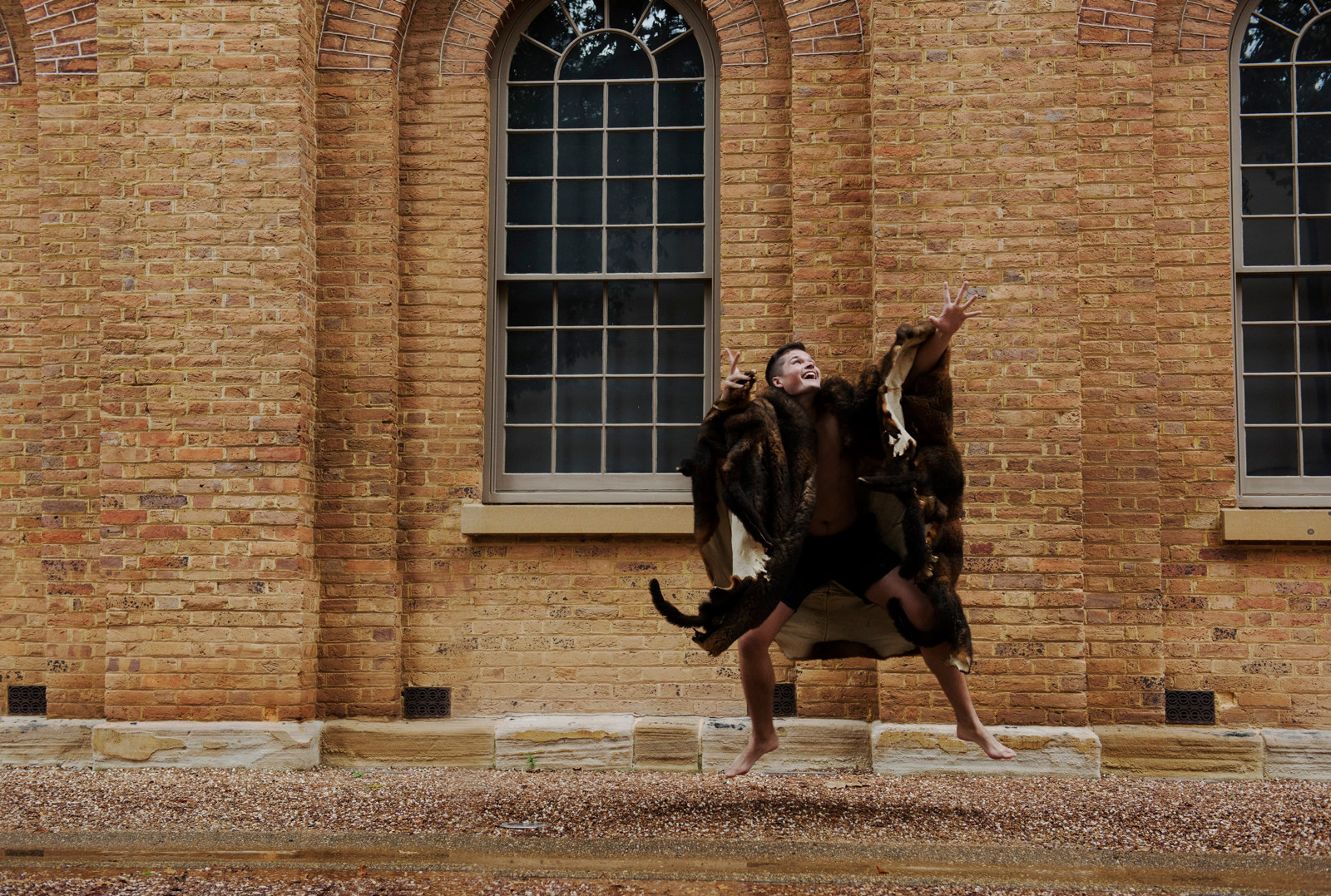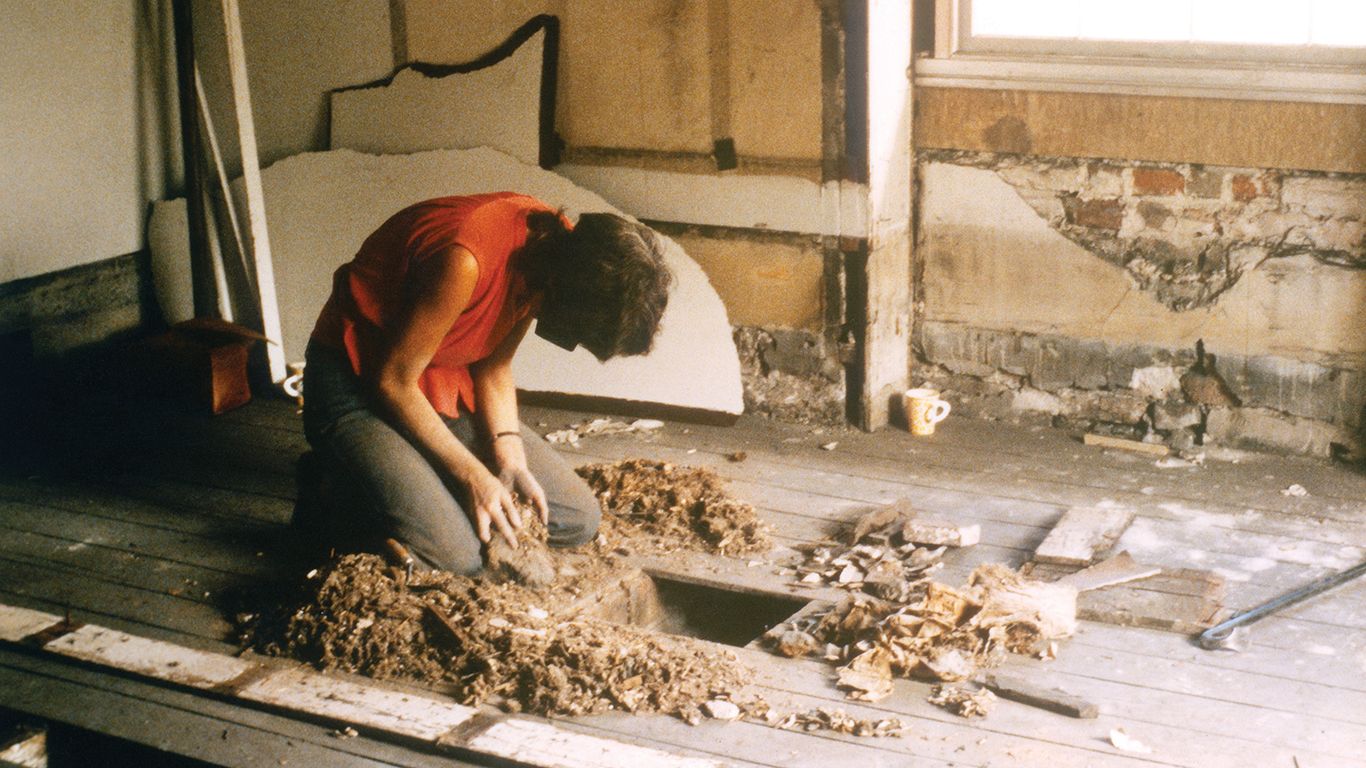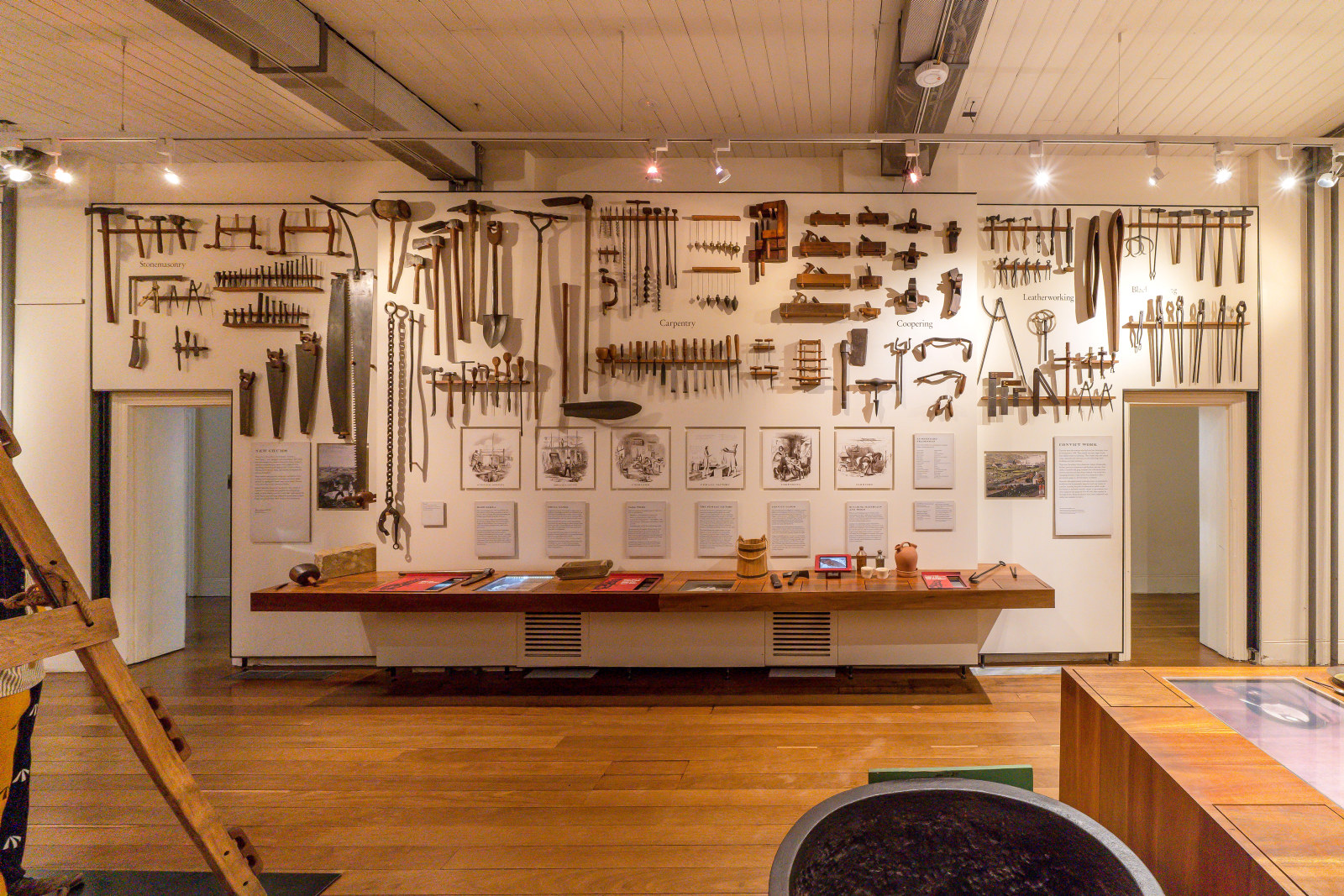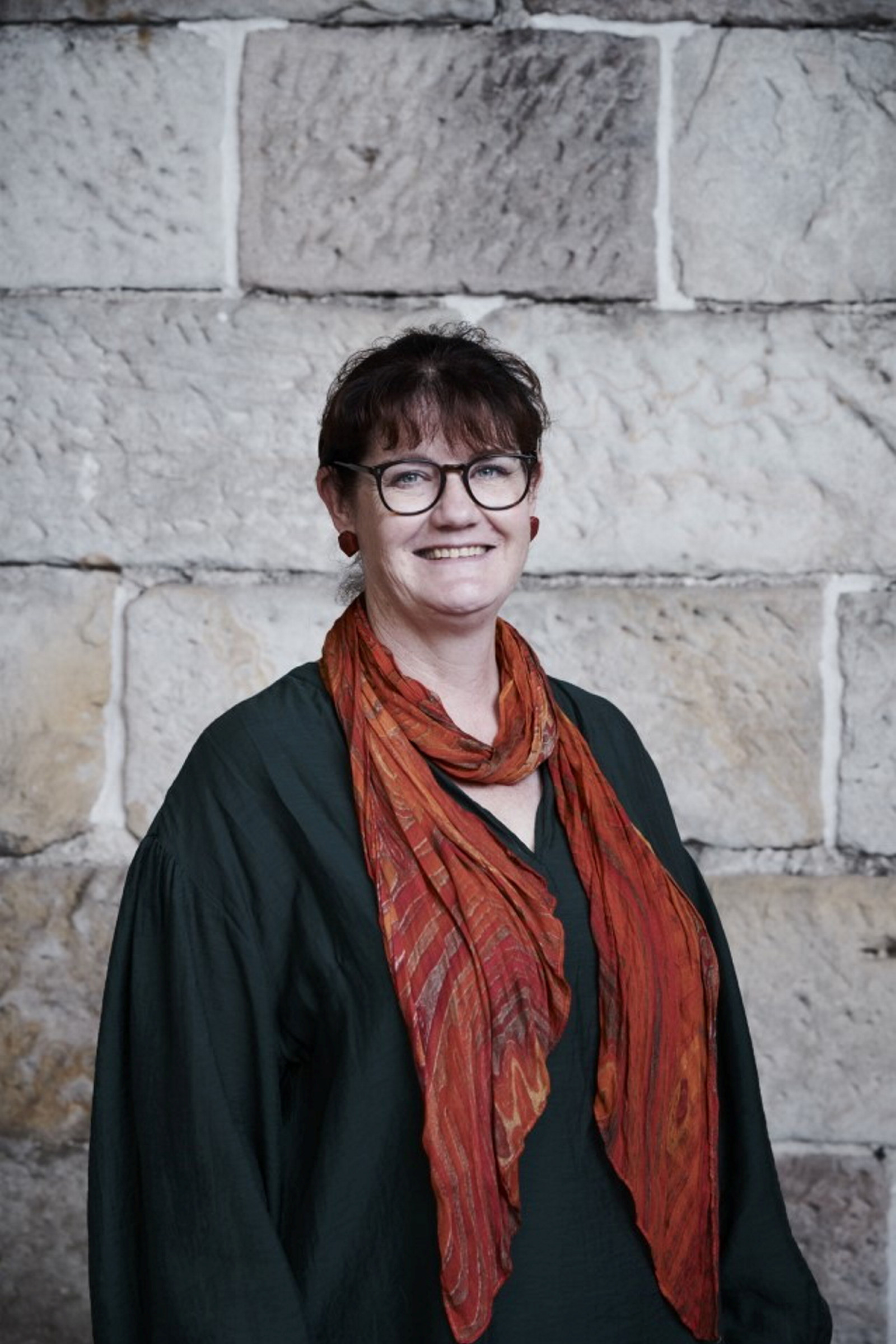Real. Life. History
The reopening of the Hyde Park Barracks introduced Sydney to a new way of exploring our past.
In February 2020, the Hyde Park Barracks reopened its doors to unveil an extraordinary new experience. Years in the making, this is history, but not as you know it. Layered with cutting-edge innovation throughout, the museum will redefine the heritage experience, bringing our complex past to life more authentically than ever before.
This bold project is the first reinterpretation of the Hyde Park Barracks since it opened as a ‘museum of itself’ in 1991, and marks ten years since the Hyde Park Barracks, along with ten other Australian convict sites, was recognised on the UNESCO World Heritage List.
Intimate storytelling
The new visitor experience has a big story to tell. The Hyde Park Barracks opened in 1819 as basic accommodation for male convicts working in Sydney, and a decade later became the centre of convict administration. The systems of labour and punishment it controlled became increasingly harsh and cruel, and the colony’s expansion, fuelled by the labour of convicts and ex-convicts, inflicted violence, dispossession and loss on Aboriginal nations. When convict transportation to NSW ended, the government found a new role for the building. Between 1848 and 1887 it operated as an immigration depot, offering short-term lodging for female immigrants. From 1862 it also served as an asylum for poor, sick and homeless women.
The building left a mark on the thousands of people held, punished and sheltered here. It also contributed to a much larger story, that of the restless expansion of a land-hungry colony, the complex impacts this had on Aboriginal communities, and the colony’s reliance on immigration and the provision of public charity.
We wanted to do justice to this incredible story and capture its impact on real people living through turbulent times. With our design partner, New York-based experience design firm Local Projects, we embarked on museum-making with emotional storytelling as a primary goal: to create meaningful learning opportunities through personal connection, powerful narratives and memorable experiences.
To do this we brought in museum audio specialists Antenna International and a Sydney-based theatrical cast to help us create a new kind of heritage experience, using first-person audio storytelling to bring the building and its past residents and history to life. Curatorially, this approach allowed us to delve below the surface of the official historical record and give a voice to human lives, to imagine how these people felt, and to create opportunities for visitors to feel a real and intimate connection to history.
A world-renowned archaeological collection
Around 100,000 people passed through the Hyde Park Barracks between 1819 and 1887. As they went about their daily, and nightly, routines – mending or making clothes, writing letters, reading newspapers and books, smoking, eating, drinking or gambling – the barracks itself became a giant collector of ordinary things discarded, lost or stashed away, and ultimately forgotten.
Between 1979 and 1984, archaeologists uncovered this treasure-trove of almost 120,000 artefacts that had been trapped beneath the floors and below the ground for up to 160 years. Over 4000 of these original artefacts will be on display, revealing previously unknown details of daily life in this 19th‑century institution. Included in the items on display is an intact convict shirt; as one of the world’s few remaining examples, it’s a rare opportunity to get up close and personal with our past.
Aboriginal stories
As a hub of convict labour and, later, immigration, the barracks enabled the rapid expansion of the colony, sending thousands of people deeper and deeper into Aboriginal Country. Aboriginal nations adapted to new realities in dramatically altered landscapes. Telling this complex, interwoven and previously untold history has been a core mandate for us. To achieve this, we’ve worked in partnership with a number of Aboriginal people, organisations and communities to fully integrate Aboriginal perspectives, narratives and voices into this colonial history. This work facilitates truth-telling about dispossession, frontier violence, Aboriginal resilience, and the complexities of cultural relationships. These stories are critical to understanding the continuing impact of this history on Aboriginal communities today.
Access and learning
We’ve been working to ensure that when the barracks reopens it’s as accessible and inclusive as possible. We’ve worked closely with advisory bodies such as Accessible Arts and Vision Australia to embed accessible options into the core visitor experience, to create independence and dignity for all visitors. One of the major challenges involved installing a new passenger lift into the southern hall, providing equitable access to the upper levels of the building for the first time.
The barracks will be a whole-of-site experience and a journey through time and place. The story starts in 1815, on the eve of the building’s construction, and ends in 1887, when its life as a residential institution came to an end. Telling the story is made possible by the careful integration of cutting-edge technology into this World Heritage-listed building. For us, creating a transformative visitor experience isn’t about technology for its own sake but about using sophisticated tools that help to unlock stories in the most effective way. Groundbreaking audio technology allows visitors to trace the real lives of people touched by this place, standing where they stood and listening to their stories. Immersive activations and unconventional interactive spaces alongside showcases displaying archaeological artefacts and collection objects, convict hammocks and scale models all serve to highlight the significance of the buildings that make up the Hyde Park Barracks complex. The seamless combination of tradition, heritage and technology means that exploring the Hyde Park Barracks is no longer a walk through history. It’s living it.
Modelling history
In the newly refurbished Hyde Park Barracks, sitting alongside an array of sophisticated museum displays – incorporating interactive artworks, geo-sensitive animation and immersive audio – will be a number of unashamedly old-school dioramas. Commissioned from the Sydney-based team at Modelcraft and scaled at 1:100, the nine dioramas focus on the labour of convicts in building early Sydney and the broader role of convict gangs and communities in colonial expansion and resource extraction, all of which brought them into close and often violent contact with Aboriginal nations.
‘There’s a toy-like charm and clarity that grabs your attention’, says SLM curator Gary Crockett. ‘But the modelled scenarios are anything but tranquil or static.’ Indeed, the worlds they depict are far from simple. ‘At first glance they’re frozen moments; but look again and an uncomfortable story is unfolding – there’s oldgrowth logging underway in Darug forest, a road being hacked through Gadigal scrub, a retaliatory party of Wiradjuri warriors advancing on an isolated farmhouse.’
For Steve Mosely, a member of the Modelcraft team, narrative was crucial in the building process: ‘Instead of starting with a specific location or site, and then peopling it with figures, we concentrated on the human interactions, activities and drama in play, along with the key environmental features, and tailored the dioramas to tell that story’. The emphasis was on accuracy at every level, from the soldiers’ uniforms and convict ‘slop’ clothing to wheelbarrows and wicker baskets.
Each diorama portrays an authentic historical narrative. Detailed summaries were provided to Modelcraft, along with colonial images and archival reference material. The models’ strength lies in showing colonial life from multiple perspectives, and the ways in which different groups – convicts, settlers, soldiers and Aboriginal people – each encountered, and shaped, this fast-changing world.
Watch a video of the dioramas being made: slm.is/hpb
Published on
Related
Browse all![Government Printing Office; NRS 4481, Glass negatives. NRS-4481-4-44-[AF00194836] Immigration Barracks Sydney, August 1871 [Department of Public Works]](https://images.mhnsw.au/fotoweb/embed/2024/03/b437216ff79d433da2d3b92c8bb24e51.jpg)
Conservation
Conservation in action: Hyde Park Barracks northern range refurbishment works
In collaboration with experienced heritage consultants and traditional tradespeople, MHNSW is undertaking conservation works to the northern range buildings

Cutter and Coota: a children’s play by Bruce Pascoe
Meet author and historian Bruce Pascoe and the main characters from his play Cutter and Coota as they reflect on the play’s themes and the experience of performing at the Hyde Park Barracks

Hyde Park Barracks: a keeper of lost things
Uncover and explore some of the items found inside the barracks

Convict Sydney
Objects
These convict-era objects and archaeological artefacts found at Hyde Park Barracks and The Mint (Rum Hospital) are among the rarest and most personal artefacts to have survived from Australia’s early convict period
